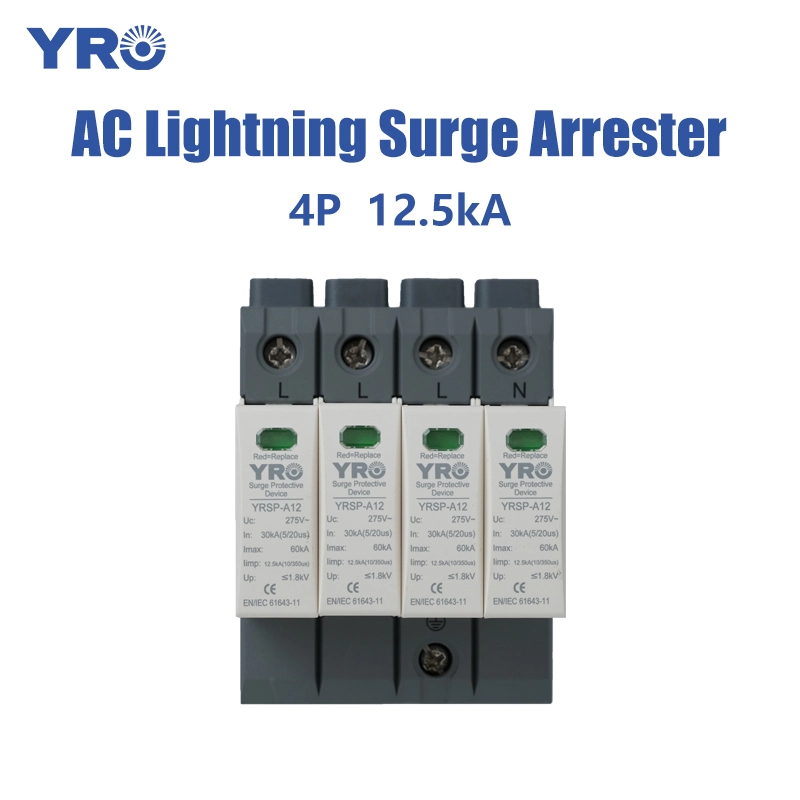Should the lightning arrester be installed close to the transformer (≤5m) or on the incoming line?
2025-07-29
In power system lightning protection, the lightning arrester's installation location is crucial for transformer protection. In principle, the arrester should be installed as close as possible to the main transformer it protects, with the distance between the two strictly controlled at less than 5 meters. This is the ideal protection strategy. The primary purpose of this is to minimize the length of the connecting leads between the arrester and the transformer's high-voltage bushing. Excessively long leads, when subjected to a steep lightning intrusion wave, can cause a significant additional voltage drop (increased residual voltage) due to their inductance. This can cause the actual overvoltage applied to the transformer winding to significantly exceed the arrester's rated residual voltage, exposing the transformer insulation to dangerous voltages beyond its designed tolerance, rendering it ineffective. Close installation ensures that the protective residual voltage generated by the arrester's operation is fully applied to the transformer.
Installing a lightning arrester on the incoming line side of a substation (such as at the incoming line structure or switchgear entrance) can limit the amplitude of lightning overvoltages intruding from the line to a certain level. However, due to the distance from the transformer, residual voltage will rise along the connecting line. Furthermore, line inductance and transformer inlet capacitance may cause oscillations, resulting in a significantly higher overvoltage reaching the transformer terminals, which may not be sufficient to reliably protect transformers with relatively low insulation withstand capabilities. For critical main transformers, relying solely on lightning arresters at the line entrance for protection may not meet reliability requirements and may create a protection blind spot.
Therefore, considering protection effectiveness, cost-effectiveness, and safety, lightning protection regulations generally mandate the installation of dedicated lightning arresters in close proximity to transformers (≤5m). This is the core line of defense for transformer safety. Of course, lightning arresters are also often installed at the incoming line entrance of substations. Their primary function is to limit the lightning overvoltage level in the incoming line section and reduce the steepness and amplitude of the incoming wave. As a first line of defense, they, together with the lightning arresters located near the transformer, form a more comprehensive dual protection system. But the safety of the transformer itself ultimately depends on the set of close-range lightning arresters next to it.





